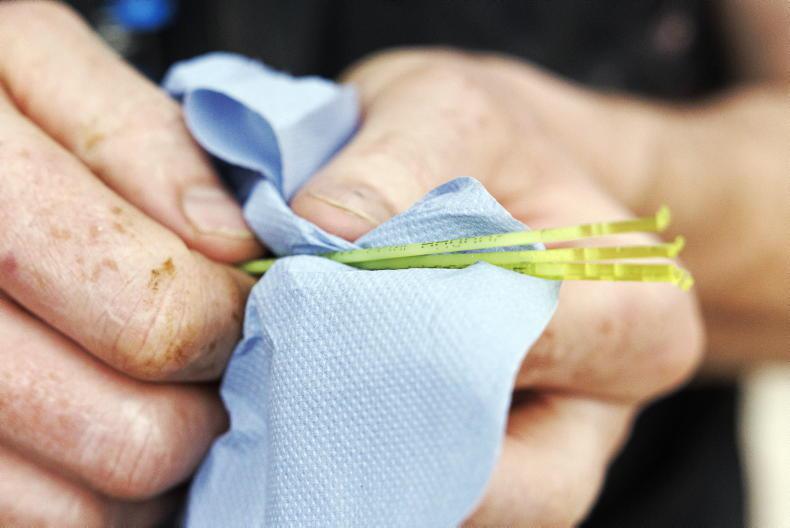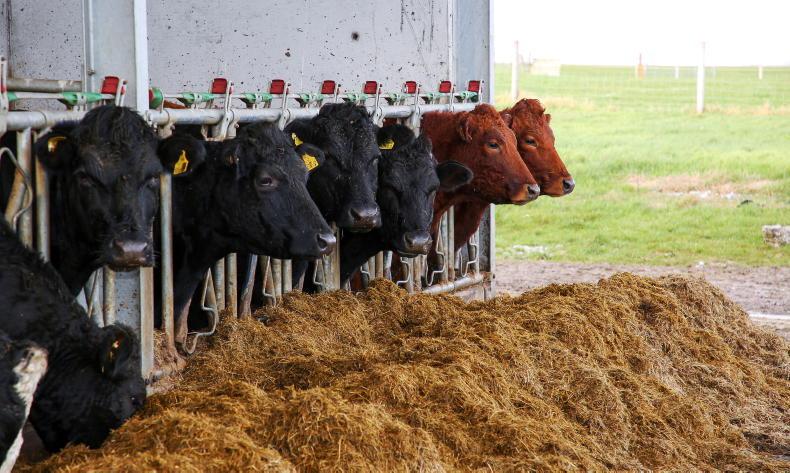In the last few weeks, dairy beef farmers who took part in the 2022 Dairy Beef Calf Programme will have received their weight report from the Irish Cattle Breeding Federation (ICBF).
While the money from the scheme is now in the bank, there are financial benefits to be had from farmers using the report to make purchasing decisions this coming year.
Unlike suckler farmers, where breeding decisions can be made on the back of these reports, dairy beef farmers are at the mercy of the breeding decisions of the dairy farmer.
Identify herds that are performing
However, the report can be used to identify sires (where recorded), but, more accurately, herd numbers that have performed well and failed to meet expectations.
This is useful where farmers are buying from the same few herds each year, as it can put solid evidence behind buying decisions.
As with all groups of stock, there will be a range in performance. However, if the majority of one herd numbers calves are in the bottom third, then this may be a herd to avoid buying from this spring.
Likewise, where there is a herd number appearing quite frequently in the top third, it should give some confidence to farmers to return to this producer and perhaps increase the number purchased from this farm, provided there has been no major change in the breeding approach.
Dairy farmer feedback
For those who do have sires recorded from some herds, feedback the results to the dairy farmer, as they want to know how their calves perform once they leave and will use one bull over another if it is delivering for the beef farmer.
Target weights
The target 200-day weight for dairy-cross-dairy males is 200kg, dairy-cross-beef males is 205kg and dairy-cross-beef females is 202kg.
Assuming a birth weight of between 40kg and 45kg, this translates to a target daily liveweight gain of 0.8kg/day for the first season.
While it seems low, many dairy beef calves will have failed to meet this target. While some of this is down to genetics, there is definitely a proportion of underperformance due to calf nutrition on some farms.
Compare
Compare your results to the national average figures and see where your batch of cattle sit. Can you identify where the period of under-performance is?
For some, it will be the calf-rearing phase and, if so, then the growth rates throughout the year at pasture will also be compromised.
Whereas some farmers will do a great job during the rearing phase, but grassland management will let them down throughout the year and performance will suffer as a result.
Only by measuring, which you have already done, and using the data to make informed decisions will the performance of your dairy beef system improve year on year.










SHARING OPTIONS